Over 1 million researchers have used the AI breakthrough that helps scientists better understand diseases. Here’s how AlphaFold came to be.
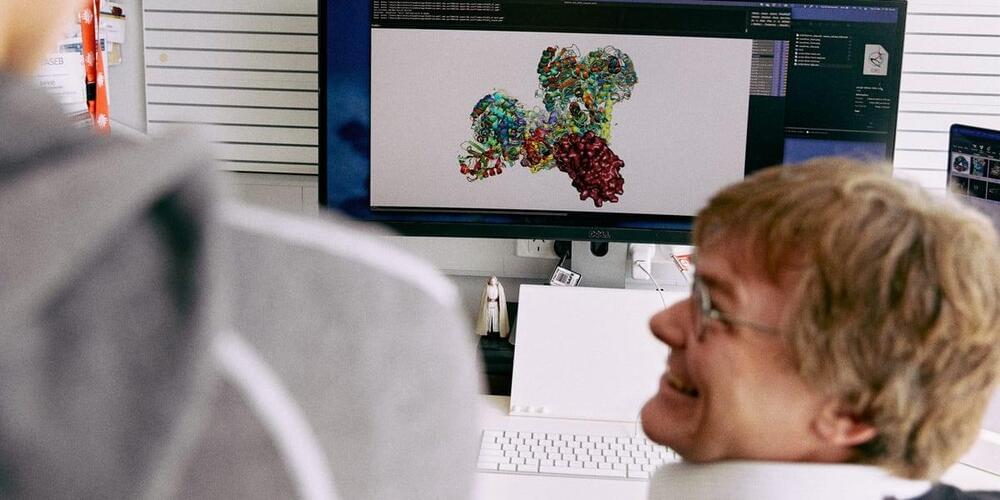

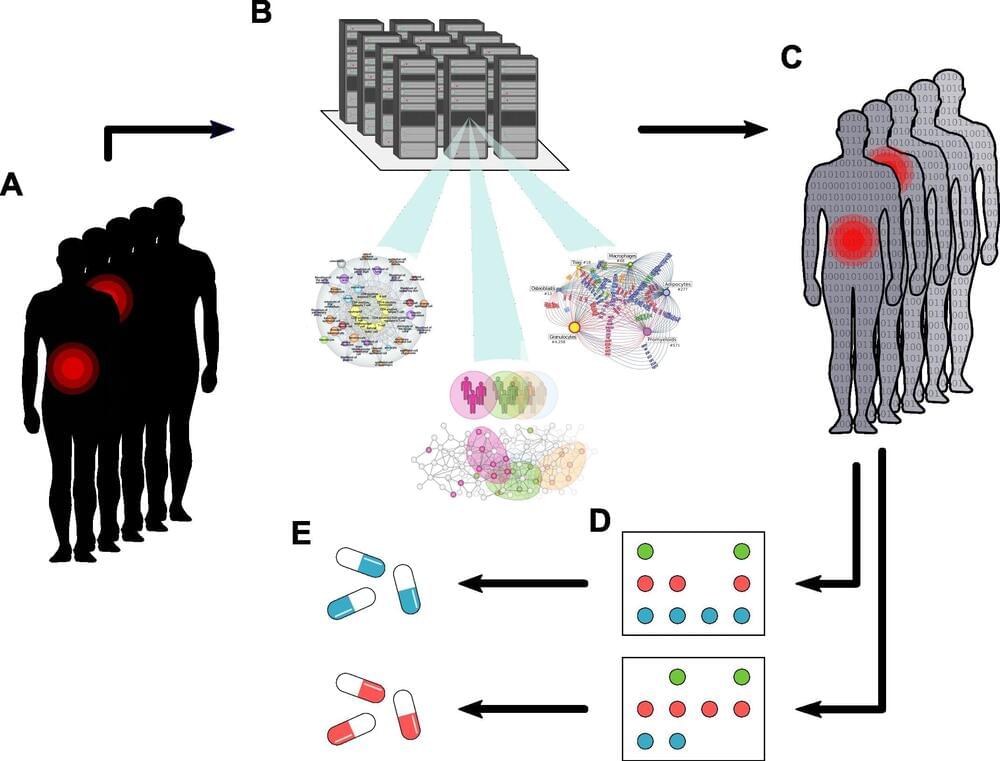
Inflammatory diseases like rheumatoid arthritis have complex disease mechanisms that can differ from patient to patient with the same diagnosis. This means that currently available drugs have little effect on many patients. Using so-called digital twins, researchers at Karolinska Institutet have now obtained a deeper understanding of the “off and on” proteins that control these diseases. The study, which is published in Cell Reports Medicine, can lead to more personalized drug therapies.
Many patients with inflammatory diseases such as rheumatoid arthritis, Crohn’s disease and ulcerative colitis, never feel fully healthy despite being on medication. It is a problem that causes significant suffering and expense.
In an inflammatory disease, thousands of genes alter the way they interact in different organs and cell types. Moreover, the pathological process varies from one patient to another with the same diagnosis, and even within the same patient at different times.
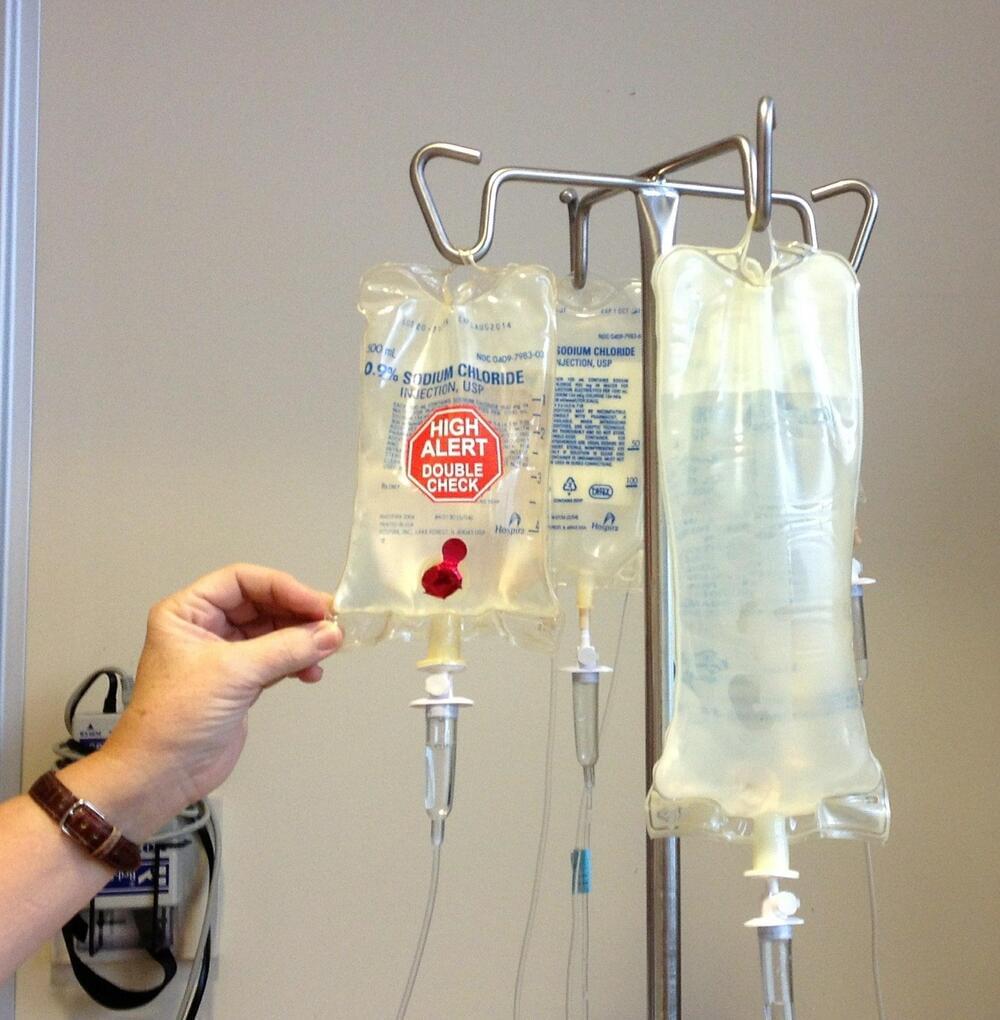
An on-going, worldwide shortage of bacillus Calmette-Guérin (BCG) means that many patients with a common and serious type of bladder cancer have limited access to this effective standard of care treatment. But for the first time in almost 50 years, there appears to be a viable treatment alternative.
A new study from the University of Iowa finds that a safe, inexpensive combo-chemotherapy is better tolerated than BCG and is better at preventing high-grade cancer recurrence in patients with non-muscle invasive bladder cancer (NMIBC).
Bladder cancer is the sixth most common cancer in the U.S., and NMIBC accounts for about 75% of bladder cancer cases. High-risk NMIBC has a significant risk of both recurrence and progression. Typical treatment for high-risk NMIBC involves surgical removal of the tumor followed by treatment with BCG.
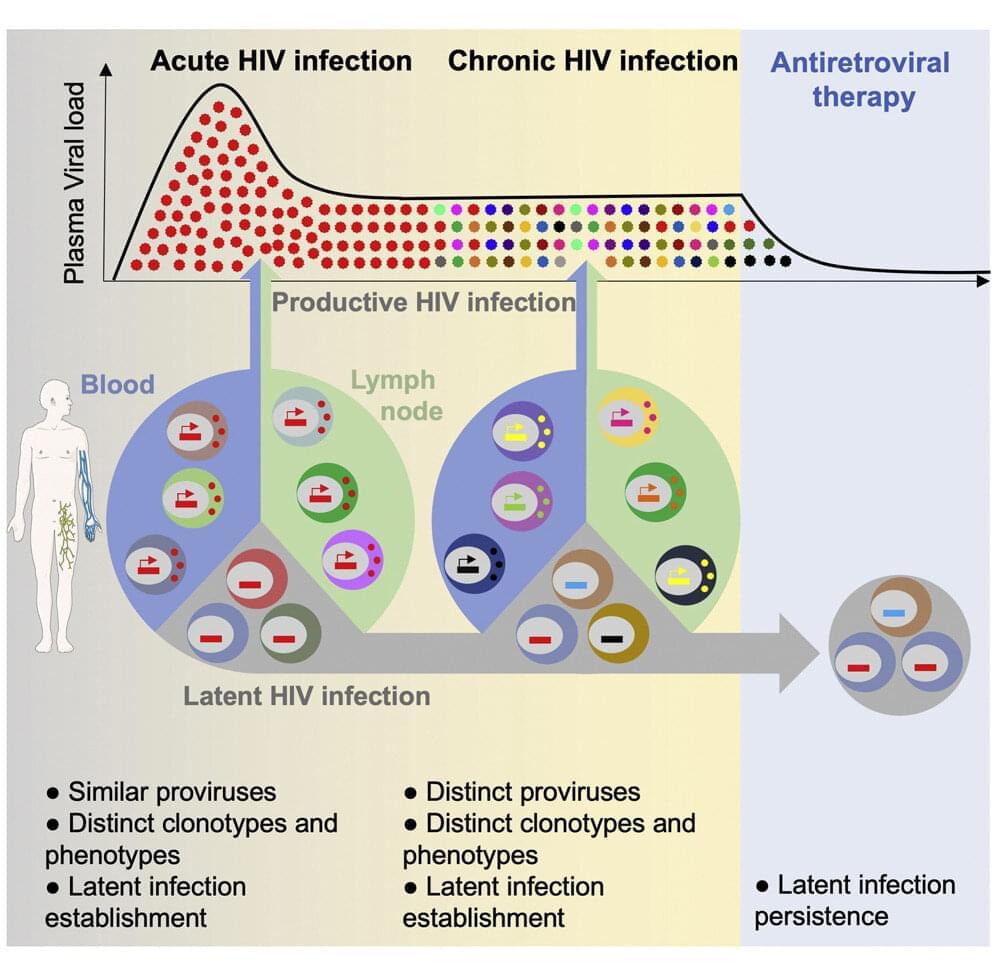
For the first time in humans, a research team has shown that, as early as the first days of infection, HIV is able to create reservoirs where it will hide and persist during antiretroviral therapy.
Until now, the scientific community did not know exactly when or how these viral reservoirs—the existence of which is a major obstacle to curing HIV—are established in human beings.
In a study published in the journal Immunity, scientists led by Nicolas Chomont, a researcher at the CHUM Research Centre (CRCHUM) and professor at Université de Montréal, found that a small fraction of the virus integrates into the genome of CD4+ T cells in the very first weeks of infection (the acute phase), but does not replicate there. It therefore escapes the notice of the fastest diagnostic tool to date, which detects active viral replication.
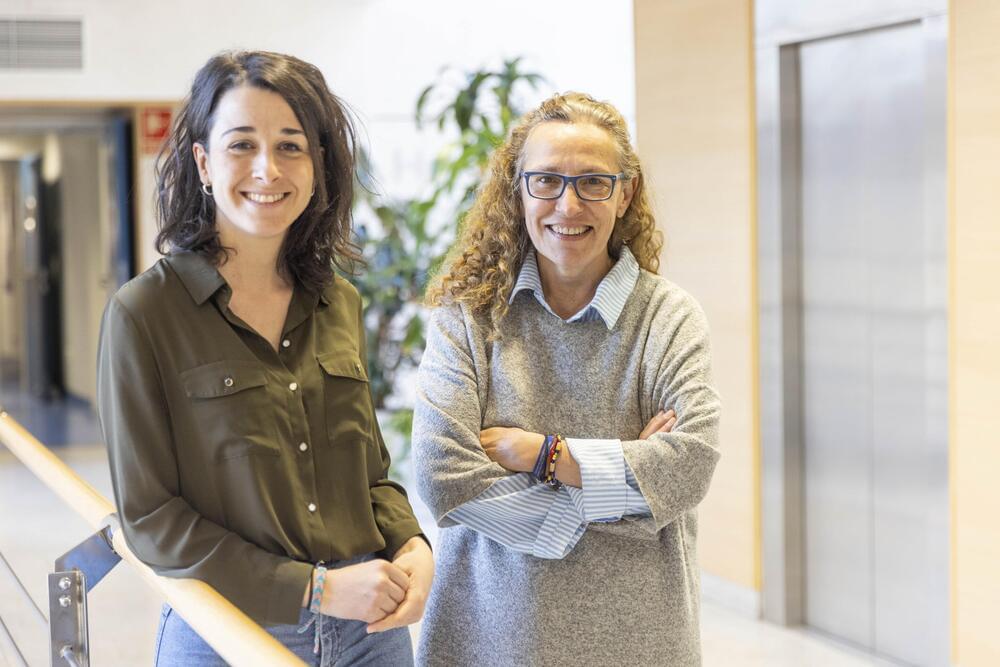
Pheochromocytoma is a rare tumor, with an incidence of three to eight cases per million population per year. The work published today, Feb 28, on Rare Disease Day 2023, in Nature Communications, is the largest study on this cancers’ molecular causes and focuses on patients with metastatic pheochromocytomas, which account for 20% of all cases. Survival of patients with metastatic pheochromocytoma is 20–60% at five years.
Mercedes Robledo, head of the Hereditary Endocrine Cancer Group at the Spanish National Cancer Research Center (CNIO) and one of the two researchers who led the study, has been studying these tumors since 1996. He says, “One of the difficulties of working with rare diseases is to recruit large series of patients to reach robust conclusions. And this study stands out because the number of samples we worked with was outstanding.” The CNIO belongs to the Spanish network of Rare Diseases (CIBERER).
CNIO researcher and co-author Bruna Calsina explains, “The number of patients with metastatic disease that our study gathers corresponds to a population of 100 million people.” This has been possible thanks to the collaboration between 16 centers from six countries around the world, with which the CNIO has been collaborating for the last decade.
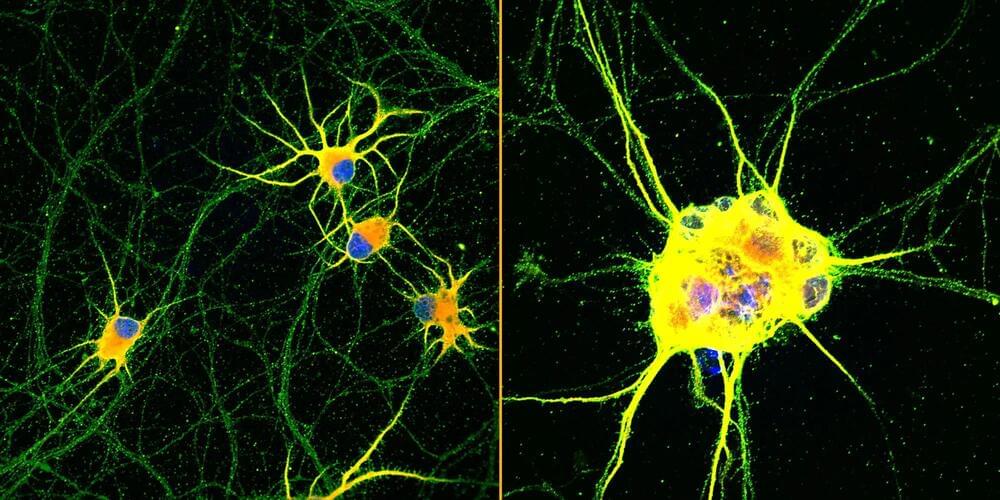
A team of researchers led by Northwestern University has achieved a breakthrough by producing the most mature neurons to date from human induced pluripotent stem cells (iPSCs). This advancement opens up new avenues for medical research and the possibility of transplantation therapies for conditions such as neurodegenerative diseases and traumatic injuries.
Previous efforts to turn stem cells into neurons have resulted in functionally immature neurons that resemble those from the early stages of development. The limited maturation achieved through current stem cell culture methods restricts their potential for studying neurodegeneration.
The study was recently published in the journal Cell Stem Cell.

During almost two-years of the COVID-19 pandemic, the growth of telemedicine and new ways of reaching people has changed and developed. In October 2021, NASA flight surgeon Dr. Josef Schmid, industry partner AEXA Aerospace CEO Fernando De La Pena Llaca, and their teams were the first humans “holoported” from Earth into space.
Using the Microsoft Hololens Kinect camera and a personal computer with custom software from Aexa, ESA (European Space Agency) astronaut Thomas Pesquet had a two-way conversation with live images of Schmid and De La Pena placed in the middle of the International Space Station. This was the first holoportation handshake from Earth in space.
Holoportation is a type of capture technology that allows high-quality 3D models of people to be reconstructed, compressed and transmitted live anywhere in real time.
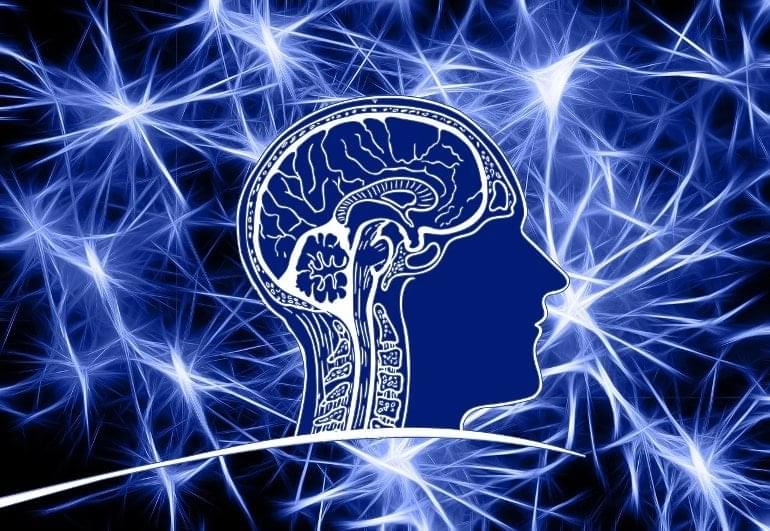
Summary: Researchers are utilizing the C. elegnas worm to investigate the emerging theory that Parkinson’s disease starts in the gut and spreads to the brain.
Source: medical college of georgia at augusta university.
A tiny worm called the C. elegans is enabling scientists to explore the emerging theory that Parkinson’s disease starts in the gut.
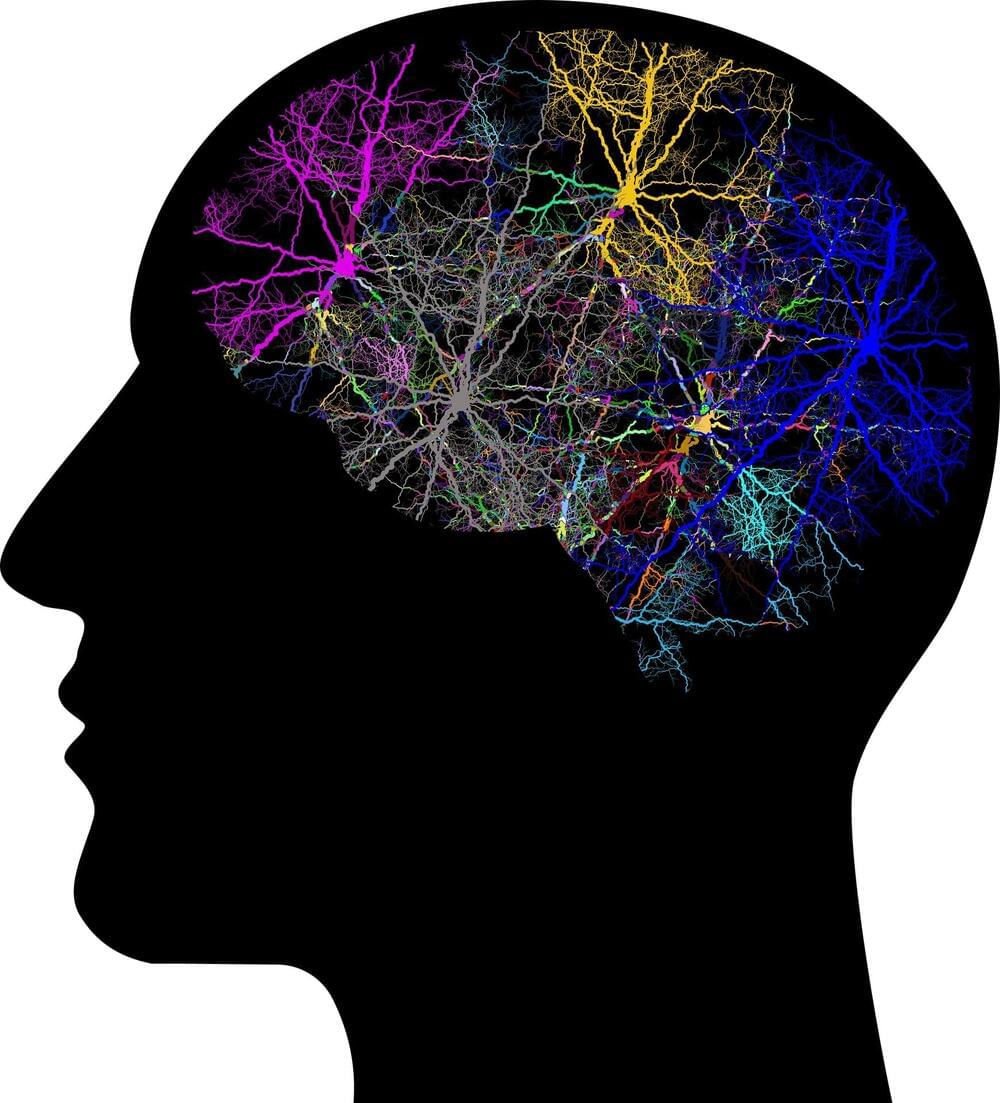
Northwestern Medicine scientists have identified the cause of a genetic subtype of autism and schizophrenia that results in social deficits and seizures in mice and humans.
Scientists have discovered a key feature of this subtype is a duplicated gene that results in overactive or overexcited brain circuits. The subtype is called 16p11.2 duplication syndrome.
“We found that mice with the same genetic changes found in humans are more likely to have seizures and also have social deficits,” said lead author Marc Forrest, research assistant professor of neuroscience at Northwestern University Feinberg School of Medicine.
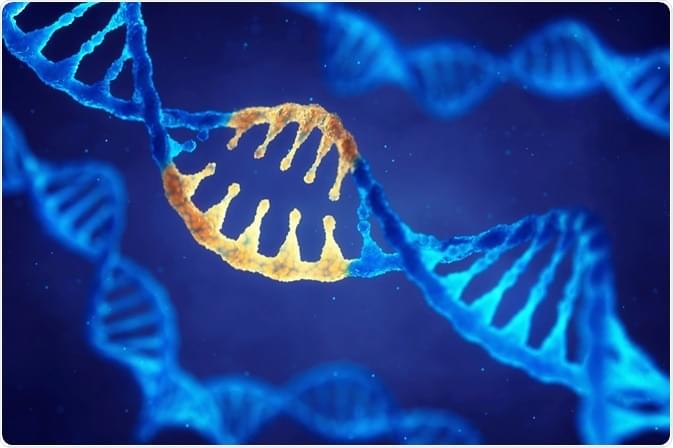
Rare diseases affect 6–8% of the world’s population and, although we know that small changes in the patient’s DNA are responsible for causing the majority of cases, most people wait several years before they are diagnosed and potentially treated. This hunt for an explanation is extremely distressing for the patients and their families, as well as costing healthcare systems large sums of money for medical investigations and treatments.
Background
Even for the simplest cases, where a single change in a patient’s DNA disrupts a gene and always causes the rare disease, identifying which change in the three billion base pairs in each of our genomes is a huge challenge. Prior to the completion of the human genome in 2003, we did not even know what the normal state of affairs was. Even then, the available sequencing technology limited us to only interrogating small parts of a patient’s genome, directed by intelligent guesswork, with mixed results.